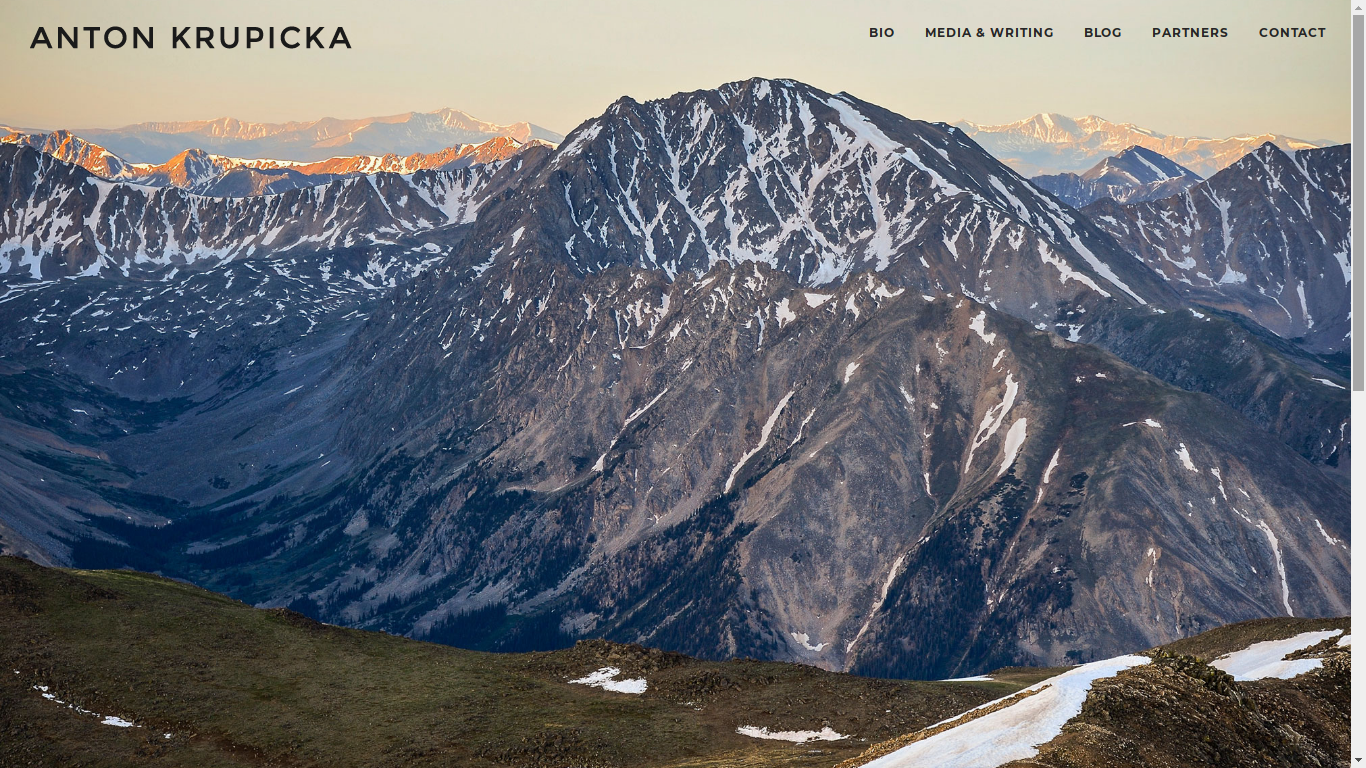
Important because posthumanism gives a new air of breath on what we think the human body is capable and what relationship it has with nature, tools. In the dominant-popular view naturalization can even border up to phrenology, as seen in the old movie with Charlie Sheen Working Men, and even in current Born to Run Book (acknowledgements section), which is great but speaks of Runner's World editor Amby Burfoot as having a huge brain. In the author's defense, this may likely be a simple metaphor, but the rest of the book hints a bit into that direction in a literal sense. In the same section CMcD mentions a runner whose style I like: Anton Krupicka.
Incredible picture welcomes the website!!: 
Cary Wolfe begins his widely known book What is Posthumanism? (2010) by announcing the results of a Google search. He reports that at the time of his writing (summer 2008) the search word ‘humanism’ yielded 3,840,000 hits, while the word ‘posthumanism’ gave him only 60,200. Wolfe concludes from these data that, apparently, “humanism is alive and well” (2010, xi). When we repeated the experiment four years later, in December 2014, ‘humanism’ came up with 9,030,000 results and ‘posthumanism’ with 294,000, which is still considerably less, but almost five times as many as six years ago. You do, however, get many more results if you search for “posthuman” (3,250,000), ‘transhumanism’ (2,310,000), or even (a term that is little known or used) ‘transhuman’ (484,000). So even though humanism may still be alive and well today,
and challenging long held assumptions about the human condition. Yet this narrative did not arrive fully formed. It was first prophesied and then dissected in academic spheres for many years before reaching a level of diffusion large enough to impact popular consciousness.
We may have never been modern, as Latour professes (1993), or we may have, as Hayles describes (1999), become posthuman decades before we realized it, but we are now, a decade into the 21st century, beginning to understand our place beyond the old humanist categories. The popular narrative of the relationship between human beings and technologies has been filled with cognitive biases, blind spots, and wishful thinking.
We have long considered ourselves masters of technology, makers of tools, and givers of purpose to inanimate material. Egocentrism, metaphysical beliefs, and the resulting ontological categories distorted any other form of consideration. We have now come to accept that we are no longer the centre of the universe and (for most of us) that we are no longer the centre of the natural kingdom. Now, we are on the cusp of realizing that we are no longer the ontological rational intentional center of the world either. We have learned to look at ourselves as one object among others, even if we can’t quite escape our subjectivity (and thus humanism).
We must ask, as Bruce Mazlish does in The Fourth Discontinuity (1995), if the intersection of humans and machines is also forcing us to rethink who we are in the world. Advancing technology recontextualizes us to discover, comprehend, and investigate more about the world and our own attributes.
We are no longer the beings we thought we were. Maybe, as some scholars have been saying, we never were. This handbook is intended to provide an essential resource for those interested in film and television, posthumanism, and how the latter is reflected (and possibly also practiced) in the former. It acknowledges that posthumanism has developed into a major intellectual force influencing our culture. It affects research agendas, economic developments, social policies, philosophical theories, and ultimately the way we look at ourselves and our world. This handbook provides a comprehensive overview of the various aspects of posthumanism and how they are represented, discussed and exemplified in the cultural medium of film and television.
For the purpose of this handbook, posthumanism should be understood broadly as any critical engagement with the possibility that what we have always considered to be the human condition (which is both a particular way of being in the world and a particular way of positioning ourselves in this world) is no longer a given, that it is more fluid than we once thought, and that we are free (or will soon be free, or are becoming increasingly freer) to remould our identities. Thus, the posthumanism represented in this handbook is a reflection on the malleability of the human condition. Naturally, this reflection emerges in different forms, ranging from
A very useful, convincing mapping of those different strands of posthumanism on several axes has recently been proposed by
All these versions of posthumanism provide alternative takes on the same issue, which is the ongoing transformation of the human image.